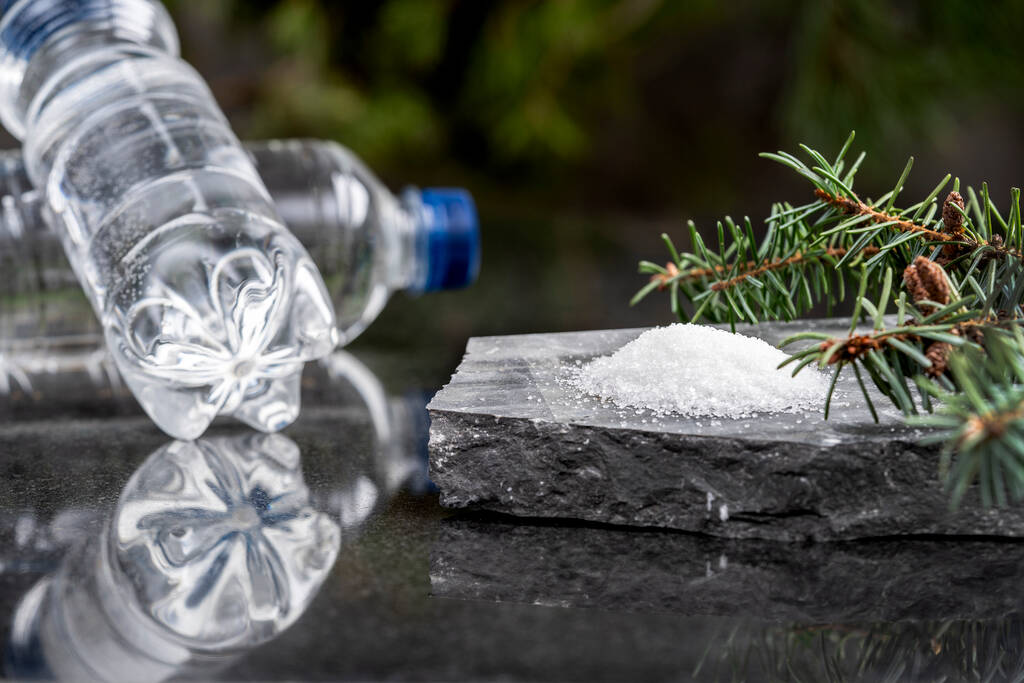The blog has constantly been monitoring the developments for biobased acrylic acid but this news from Archer Daniels Midland (ADM) has led the blog to look for more information on starch-based (or even collagen-based) superabsorbent polymers (SAPs).
SAPs is one of the main applications for acrylic acid and is mainly used in diapers and other hygienic products. According to bio-acrylic acid developer OPX Biotechnologies, the market for SAPs consumes 70% of the global glacial acrylic acid end use. The diapers market accounts for 24% of the $10bn global acrylic acid market.
Like OPXBIO, ADM is also in the race for producing biobased acrylic acid. However, the company is already producing biobased SAPs using modified starch technology for raw materials (marketed under the brand BioSAP™. ADM said their biobased superabsorbents have physical properties similar to those of petroleum-based superabsorbents, and they do not require changes in the manufacturing process. BioSAP™is also reportedly biodegradable.
ADM announced last week that it has joined Sri Lanka-based CIC Holdings PLC and its subsidiary Chemanex PLC to form a joint venture company called Chemcel Pvt Ltd. The JV will build and operate a processing facility near Colombo, Sri Lanka to manufacture ADM’s biobased SAPs.
ADM will be the majority owner of the venture and will market the plant’s production of BioSAP™, which will use locally-produced starches. Not much information was given on the capacity of the facility, when it will start producing the BioSAP™, and if it will be marketed worldwide.
Another question here is if the BioSAP had to be mixed with polyacrylate SAP to work or can a diaper product use 100% of the biobased and biodegradable BioSAP? The blog recalled a previous discussion on starch-based SAPs and how this technology did not meet the retentive properties of acrylic-based SAPs.
As far as the blog knows, there are already biodegradable diapers and disposable inserts being marketed out there. Maybe producers of biobased and biodegradable SAPs have already made significant improvement to their materials.
One additional thing to note is the development of polyitaconic acid where it can be used as a raw material for producing SAPs. Itaconic acid was identified as one of the top 12 value added chemicals from biomass in 2004 by the Department of Energy but its polymerization was identified as a key barrier to commercial development.
A recent report from the EU government funded project BioConSepT noted that itaconic acid production is mainly in China at 41,400 tpy. Current itaconic acid in the market is mostly produced by fungal fermentation from carbohydrates but the fermentation route cost is reportedly very high.
There is no production in the USA or EU. Distribution of itaconic acid is mainly in China and India. Itaconix is the only US-based company that the blog is familiar with in terms of itaconic acid development.






One response to “ADM, CIC form bio-SAP JV”
I wonder if any of the companies mentioned have anything that is commercial and economic. So far it does not seem so.